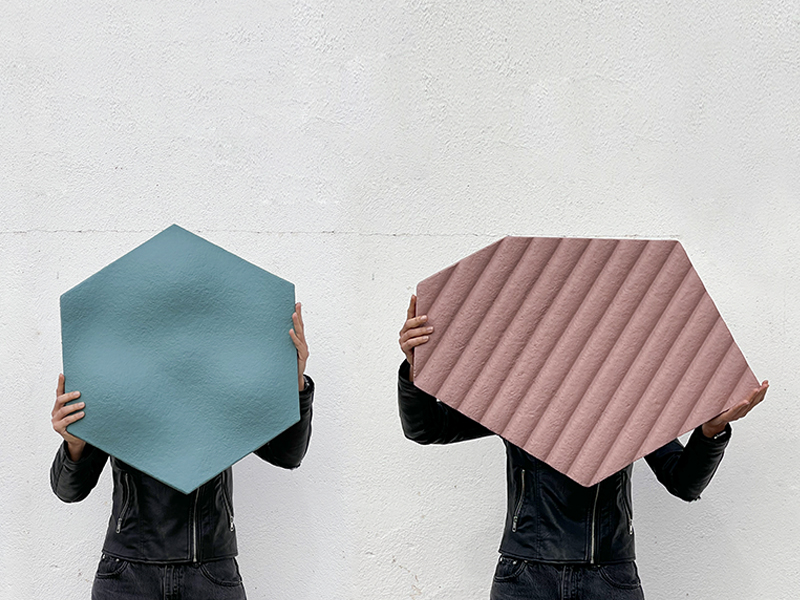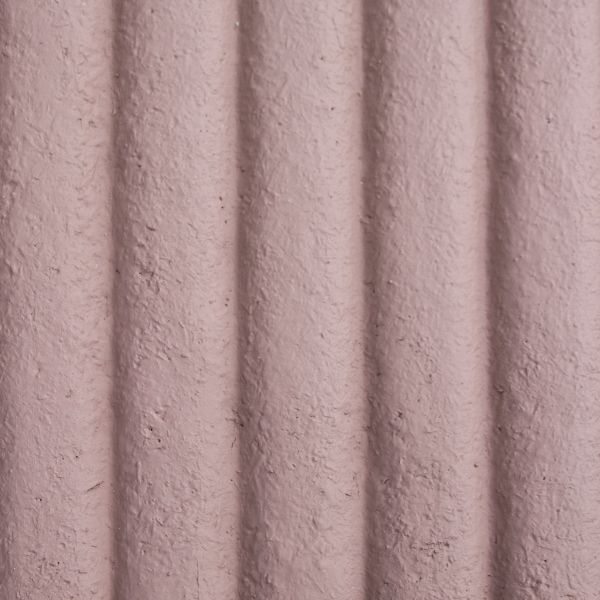
In today’s world of mass production, where every object is replicated with precise accuracy, design is rediscovering a timeless, revolutionary concept: imperfection. By moving beyond rigid geometric lines and assembly-line uniformity, modern design is now embracing irregularity and natural elements, thereby creating pieces that are deeply human and authentically unique. Notably, small asymmetries and subtle texture variations, once seen as flaws, are now valued as distinctive features. They give each piece a unique, personal story. Like the veins in wood grain or the marks left by time on materials, these imperfections make each item truly one-of-a-kind, standing out from the impersonal precision of mass-produced objects.
Embracing Natural Irregularities in Design
Importantly, Nature itself, with its natural irregularity, shows us that beauty often lies in unexpected details: no two trees are alike, and no river flows in a perfectly straight line. In design, the value of imperfection reconnects us with the environment and evokes the philosophy of wabi-sabi—a Japanese concept that finds beauty in the imperfect and the transient. Embracing imperfection in design reminds us that authenticity often carries greater aesthetic and emotional appeal than precision alone.
Mogu Panels: A Prime Example of Imperfection in Sustainable Design
For example, a striking application of this philosophy is found in Mogu acoustic panels and wall panels, crafted from mycelium, the vegetative structure of fungi. Mycelium grows in a unique web of interconnected filaments, creating panels that reflect the natural processes that shape them. As mycelium grows, it adapts to environmental conditions like humidity, temperature, and the composition of its substrate, resulting in panels that bear the unique traces of their environment. This gradual, organic growth process embodies Nature’s artistry, balancing spontaneous shapes with a subtle biological order. In this process, there is no rush, no replication; rather, each piece is shaped by patience and time, carrying the unmistakable beauty of its individuality.
Functional Beauty in Mycelium Panels
As a result, a mycelium panel perfectly combines natural beauty with functionality. Its organic, irregular forms are not only visually captivating, but they also reflect a process that deeply respects Nature’s rhythms, making it an outstanding example of sustainable design.
A Cultural Shift: Celebrating Imperfection
Significantly, the appreciation of imperfection also reflects a profound cultural shift. While symmetry and perfection were once the ideal, today we celebrate originality and diversity. Consequently, imperfection has become an ongoing narrative, a symbol of change, growth, and evolution. Beyond aesthetics, imperfection offers practical benefits. For example, consider acoustic panels: irregular surfaces can enhance noise absorption, demonstrating how imperfections can serve as functional, technical solutions.
Authenticity Through Imperfection
In conclusion, design that embraces imperfection is a return to naturalness, creativity, and authenticity. The value of imperfection in design stands in stark contrast to the uniformity of mass production, as each imperfect object tells a story, evokes emotions, and reflects an authentic beauty that is unrepeatable. Ultimately, celebrating imperfection is a way to embrace the richness of Nature and life itself, with all their remarkable nuances.

